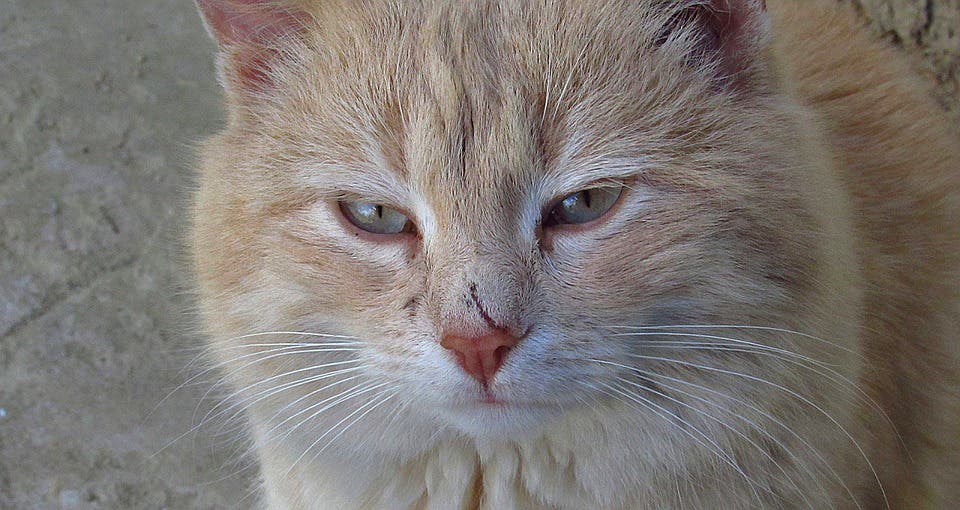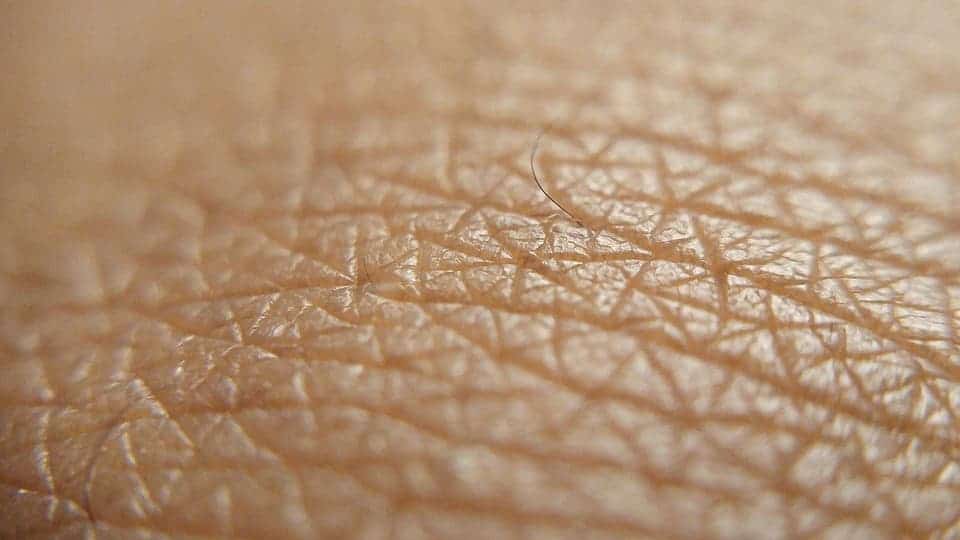The unassuming mussel could deliver us from scars forever, a new paper from the Pohang University of Science and Technology in South Korea.

A sticky substance secreted by the common mussel (family Mytilidae) could spell the end of scarring. A glue based on this substance has been shown to help heal rats’ skins seamlessly, without any scars. If shown effective in human trials, this glue could prevent scarring after accidental injuries or surgery.
Old injuries
Our skin scars because when injured, the wave-like arrangement of collagen fibers that give it strength, like rebar in concrete, break apart. If the injury is severe enough these fibers don’t go back together in an orderly fashion during the healing process — instead, they bunch up together, growing thick bundles of parallel collagen fibers that give scars their distinctive lumpy appearance.
This bunching up can be mitigated through the use of decorin, a protein naturally found in the skin which governs how collagen fibers arrange themselves. Still, decorin has a very complex structure and is really hard to synthesize, so most clinics and hospitals don’t have it available.
But fret not, for Hyung Joon Cha and his colleagues at Pohang University of Science and Technology, South Korea have a solution. They developed a simplified version of decorin which retains its collagen-ordering properties by putting together a section of the protein, a collagen-binding agent, and a glue-like substance secreted by mussels.
This substance is sticky enough to help keep wounds closed and help them heal, while at the same time making sure they don’t scar. The team applied the glue on lab rats with deep 8-millimetre-wide wounds, then covered them with clear plastic film. A control group of rats with similar wounds were dressed in the plastic film without the substance being applied first.
In 11 days, 99% of the wounds in the glue group were closed, compared with only 78% in the control group. By day 28, the treated rats were fully recovered and had no visible scarring, while their counterparts healed with thick, purple scar tissue.
New skin

Microscope inspection of the tissue confirmed that the collagen fibers in the treated wounds returned to their original weave arrangement. Even better, the new skin grew back hair follicles, blood vessels, and glands — all bits and pieces of skin that don’t regrow in scars.
The team notes that their gel promotes normal collagen fiber development because negative charges on the decorin fragments hold these fibers apart. This gives them wiggle room to weave between each other instead of sticking together.
Still, while the results are encouraging, there’s much work to be done before they can be applied to human use. For starters, rat and human skin might respond differently to the protein. Then there’s the fact that rats tend to have loose skin and heal more quickly while humans have tight skin, making scarring more likely.
The team’s next step is to test their glue on pigs, as their skin resembles ours more closely.
The paper “Natural healing-inspired collagen-targeting surgical protein glue for accelerated scarless skin regeneration” has been published in the journal Biomaterials.
Was this helpful?



